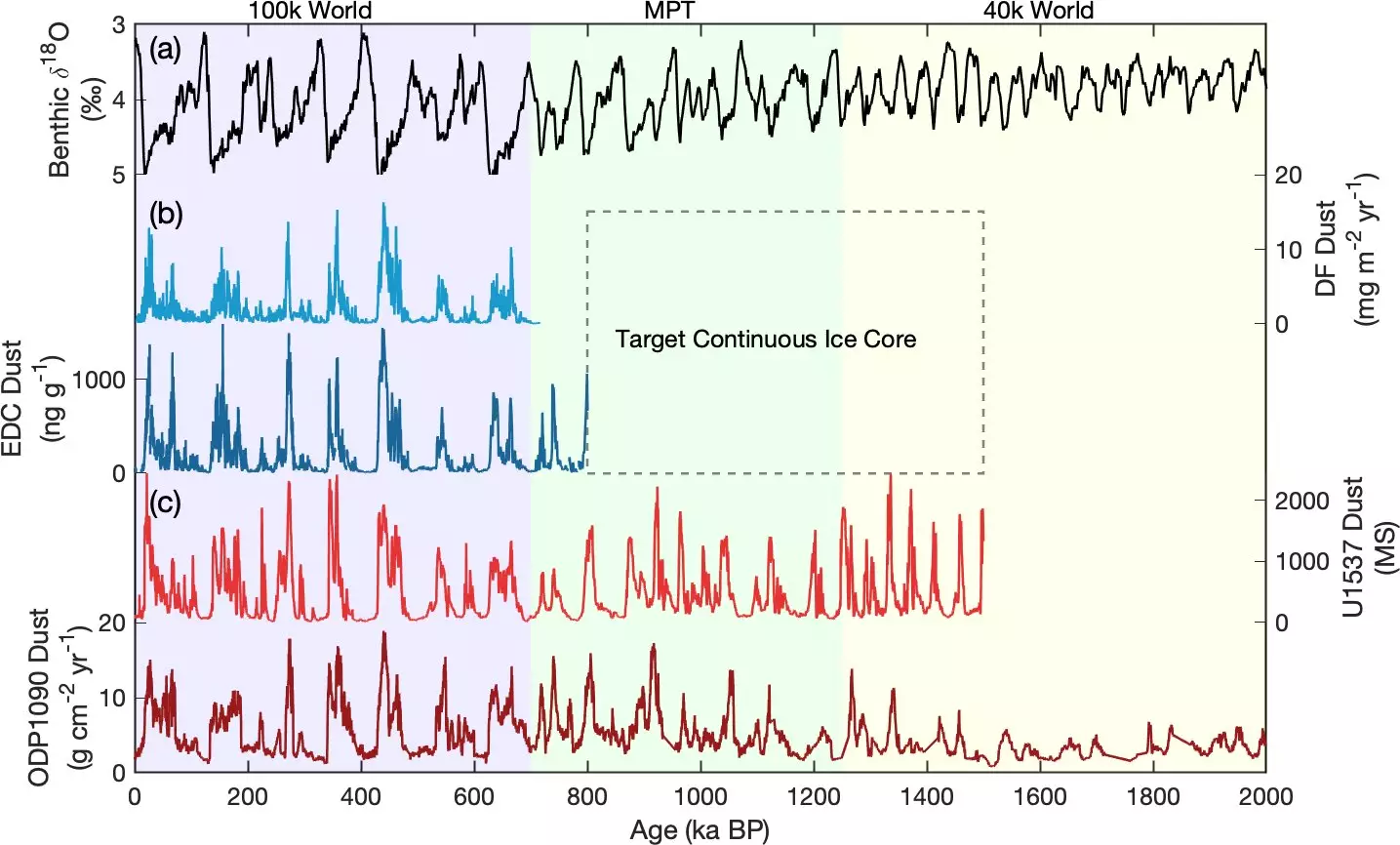The study of Earth’s climate history is a profound and intricate endeavor, one that connects various scientific disciplines, including geology, paleoclimatology, and environmental science. Among the most significant artifacts of this research are ice cores, which offer a unique glimpse into the Earth’s climatic past. These long columns of ice, extracted from glaciers and ice sheets, contain trapped air bubbles, dust, and other materials that provide invaluable data about atmospheric conditions over thousands, and in some cases, millions of years. By analyzing the composition of these cores, scientists can reconstruct historical climate conditions and identify trends that inform our understanding of current climate change.
Throughout Earth’s history, the planet has undergone several climatic shifts, including extensive glacial periods where ice sheets expanded significantly. The formation and preservation of ice cores can be linked to these glacial intervals—the more arid and windy conditions are, the greater the dust content found within the ice. As continental shelves emerge, and precipitation decreases, the mechanisms of dust transport become more pronounced, leading to a thick accumulation of dust and air bubbles that scientists can later study. Such findings are crucial for establishing a timeline of earlier geological epochs, especially the transitions between glacial and interglacial periods.
The Quest for Oldest Ice
The quest for understanding our planet’s climatic history is underscored by efforts to explore the oldest ice records. Currently, the Ice Core Project at Epica Dome C in Antarctica yields continuous records that trace back approximately 800,000 years. However, an international collaboration of scientists is aiming to extend this period to a remarkable 1.5 million years. Investigating older climatic records is challenging; factors such as glacier movement and basal melting can obscure stratigraphy, complicating the recovery of intact cores. Identifying new drilling sites through comprehensive reconnaissance is essential to safeguard the integrity of ice samples.
To expedite the extraction of deep-seated records, scientists must employ innovative methods. One technique includes melting overlying layers of ice to access older basal ice more efficiently. Furthermore, cutting-edge optical logging technologies allow researchers to analyze the dust content within the ice cores by measuring backscattered light, providing a rapid assessment of the ice’s climate history.
New Research Findings in Marine Dust Correlation
Recently, groundbreaking research published in the journal *Climate of the Past* highlights the significance of marine dust deposition in understanding ice core data. Dr. Jessica Ng and her colleagues identified International Ocean Discovery Program Site U1537 near South America as a potentially important candidate for correlating marine dust records with Antarctic ice cores. By comparing sample data from nearby ice cores to marine dust samples, researchers aim to establish an accurate chronological framework that enhances the understanding of dust provenance from regions such as South America, Australia, and New Zealand.
The findings from marine dust samples reveal notable patterns which suggest that while similarities between the studied sites exist up to 800,000 years ago, post that point, the correlation weakens. This could indicate variations in dust transport patterns across the southern hemisphere. Exploring these discrepancies further can offer insights into environmental changes and their impacts during the mid-Pleistocene transition—an interval marked by a significant change in the frequency and amplitude of glacial cycles.
The mid-Pleistocene transition has piqued scientific interest due to its profound implications for understanding Earth’s climatic systems. Scholars speculate that changes in tectonic activity, erosion of surface layer materials, and their effects on glacial formation could offer explanations for this transition. However, as Dr. Ng’s study illustrates, establishing a clear understanding of causal relationships in these climate cycles remains a complex challenge requiring further research.
Understanding these long-term patterns is crucial as they guide current climate projections and enhance our ability to anticipate future climatic shifts. Insights into the underlying mechanisms of climate cycling—whether they are influenced by terrestrial features, ocean currents, or atmospheric conditions—can provide vital clues about future climate behavior.
In the grand narrative of Earth’s climate history, ice cores emerge as essential tools that illuminate past environmental conditions. Their contribution is crucial, not only in reconstructing past climates but also in providing context for contemporary climate change challenges. As researchers continue to delve into the depths of ice cores, they unlock secrets that herald insights beneficial for steering responses to future climatic shifts. The integration of marine dust research with ice core analysis is just one example of the innovative approaches that will propel our understanding of climate systems forward, shedding light on the intricate relationships that shape our planet.

